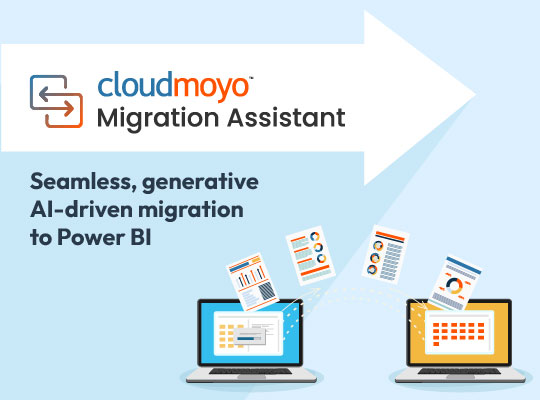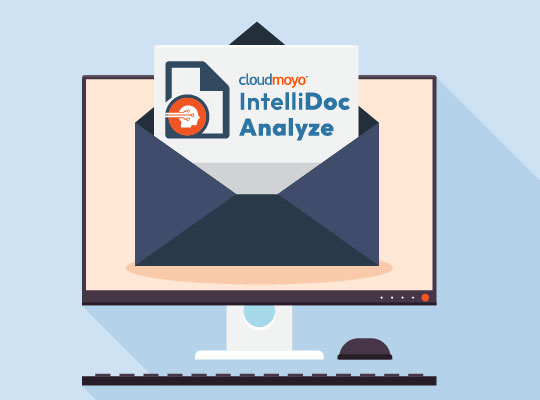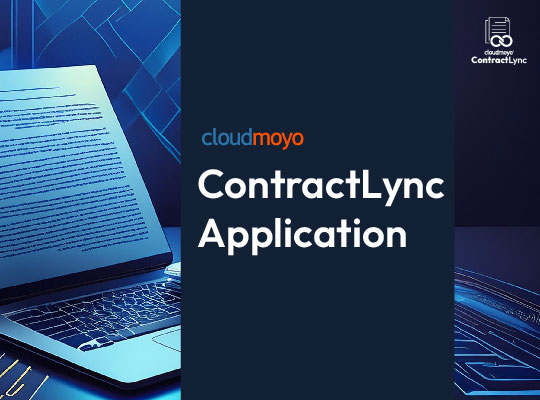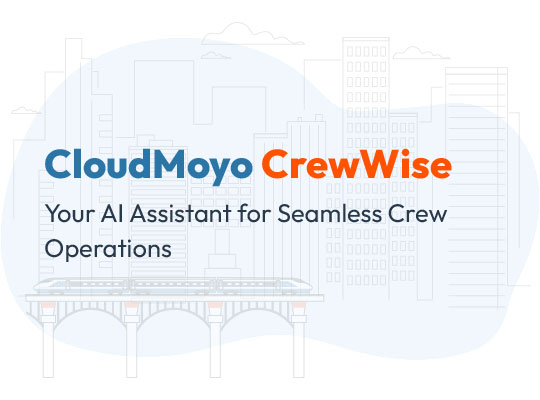Many C-level or IT decision-makers believe that the sheer volume of data sets the foundation of AI (Artificial Intelligence). Around 90% of enterprises incorporate AI because it’s trendy. Many lack the required skillset and tools to use AI and mitigate complexities of the huge volume of data they have, unaware of the fact that AI can help them solve most of their business problems.
Why should you invest in AI?
Applications have evolved, and things have changed remarkably since the days of plain old reporting. Now-a-days, your applications can learn and understand where you could go, what you could do, who you could meet and even what you might like to eat. If you notice, all of this is predictive rather than reactive. This gives businesses a newer weapon to target their customers, improve processes and save costs. They can now understand customer behavior actively deliver personalized experiences rather than the traditional ‘one size fits all’ approach. In addition, applications can foresee relevant events ahead of time and aid decision makers to prepare for outcomes.
In short, AI strengthens customer experience, increases engagement, and builds strong targeted communication. It accelerates the decision-making process by helping in gaining competitive advantages. Instead of getting overwhelmed by the huge volume, variety and velocity of data, businesses can now use that data to realize the advantages of using artificial intelligence. Read on to know how to do it…
How to start with AI?
Ask these questions to yourself before gearing up for AI:
- Are you done being overwhelmed by the mountains of business data and thinking of exploiting competitive advantages with it but don’t know how to do it?
- Do you want to understand your customer better and increase the retention rate with innovative use of your business data?
- Are you looking up for improving your customer behavior?
- Want to explore more and identify many other/new sources of revenue?
- So, step zero is to find and identify the key business problems and know your business priorities. Continue reading if any of the above-mentioned goals sound like you and that if you have enough business data to accomplish (any of) these goals.
Here is the complete guide to follow if you want to implement AI in your business:
- Collect and access appropriate data: Sounds basic? Well, it is one of the most important steps to implement advanced analytics. Simply begin with the place where your data lives.
- Check the type of data that you’ve captured so far – structured or unstructured
- Evaluate if there’s any governance in place
- Identify how to find high quality data
- Categorize each data (by adding metadata, tags etc.)
- Start small. Don’t try to document each and everything. Just focus on collecting and accessing those data points that can make you solve your business priorities and issues.
- Formulate a hypothesis: You’ve successfully created a data inventory. Now, what’s next? –
- Try to correlate your accumulated data with your business goals and challenges; Think how it will help to achieve your business objective
- Organize the given data to manageable chunks
- Map out your findings
- Stick to your priorities and try to work with what you have got
- Understand what data you’re allowed to stock up and use. Consider data ethics.
- Narrow things down: It’s time to focus on what matters to your business. Now, that you know what data is important and what will help you achieve your business goals, keep all your eyes on it—
- Catalog it for future purpose
- Don’t indulge yourself in analyzing everything at the initial stage itself; give it a time
- Concentrate on the datasets that matter to you
- Be 100% accurate to achieve success.
- Test your data: It’s high-time to create a prototype and test your accumulated datasets.
- Ask as many questions you want to ask at this stage
- Program the algorithms to find answer to the queries. Use relevant data
- Look for the pattern and behavior
- If you think you’re not capable enough, partner with someone who can bring fresh insights and experience
- Demonstrate something tangible from your data-Its value and worth
- Make the prototype speak
- Document the usage and outcomes of the prototypes
- Get more people involved like a data scientist, etc.
Also read: Unsure about prototyping a data project? Here are our tips to run a successful Proof of Concept
- Make it happen: It’s time to make your data speak in real-life business scenarios.
- Integrate the prototype into their existing business process
- Use your findings to enhance the existing process
- Operationalize and standardize the data insights to share with the entire organization.
- Put your data to work: The final step is to make your data speak at real-time, real-life. Create value and readiness for AI in the long run. See if your data insights are now converting into valuable and actionable business insights.
- Monitor the process and start from step One to sharpen your data
- Identify other cases where you can apply data technology
- Check if you’re all set to use various components of AI such as Bots, NLP, intelligent automation, predictive analytics
- Know where to use your algorithms for better results
- Take a human-centered approach to AI and add value to your organization.
Definitely, AI has limitless potential in transforming the way you do business. It will play a huge role in the growth and success of your business, but you may encounter some challenges while implementing AI. Check out some of those high-level pain points:
- Lack of technical know-how
- Noisy datasets
- Expensive human resources
- Weak computation speed
Nervous about applying artificial intelligence to your business as you think you’re not ready for this? Allow us to help you achieve this milestone. Take advantage of our 5 day data modernization assessment where we take you on a journey to explore how your data can yield marvelous results Contact us today.



















